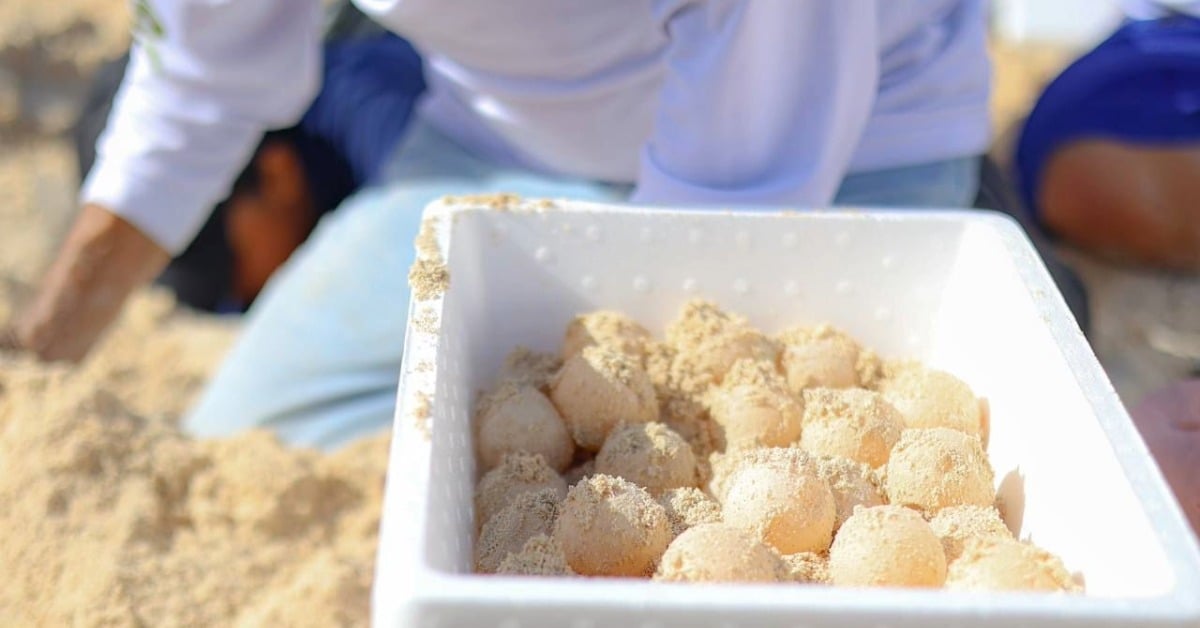Under a sea turtle protection in Cancún initiative, local ecology teams have safeguarded 3,528 nests and 427,901 eggs, releasing 2,945 hatchlings this season . . .

Under a sea turtle protection in Cancún initiative, local ecology teams have safeguarded 3,528 nests and 427,901 eggs, releasing 2,945 hatchlings this season . . .
